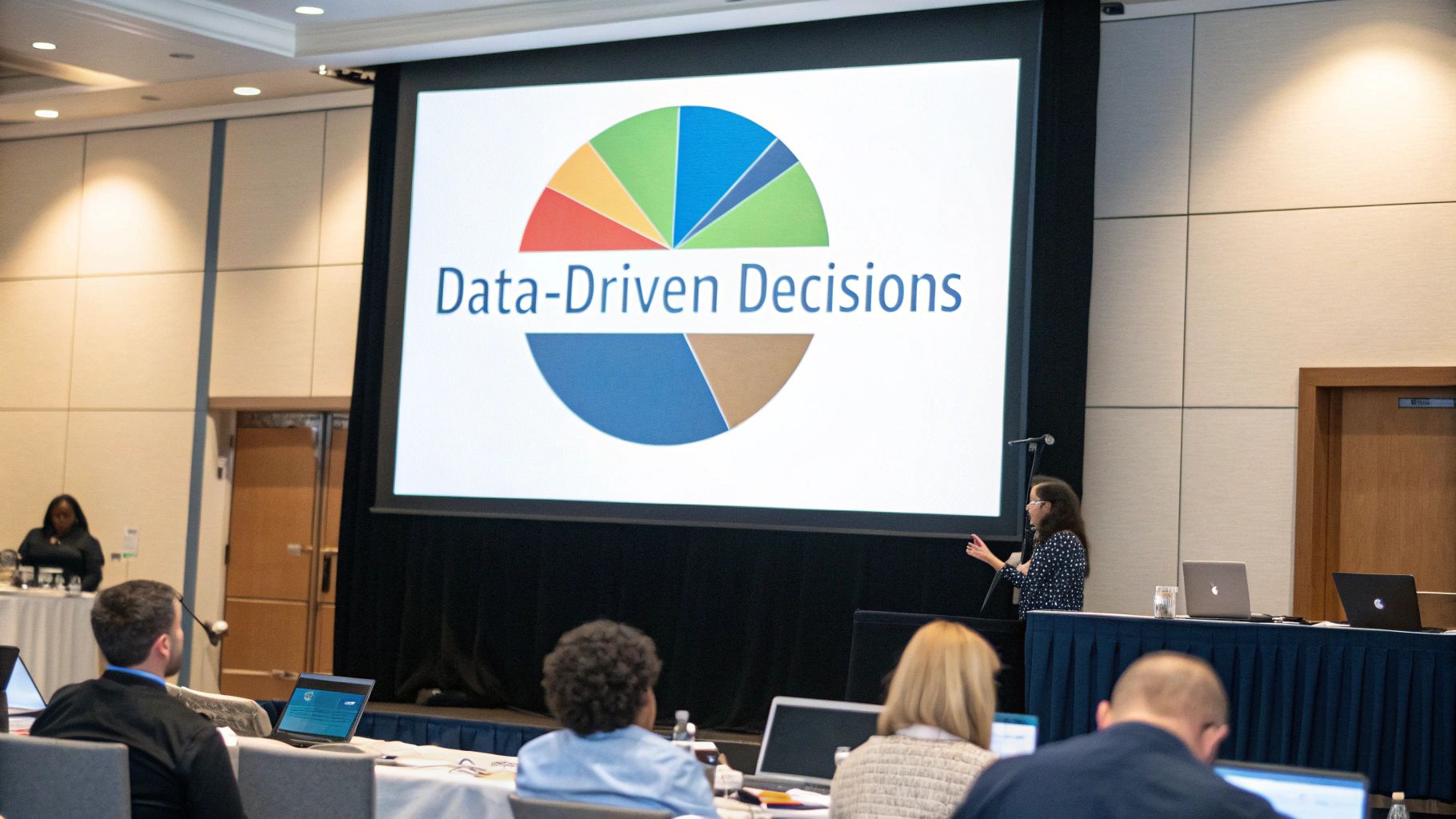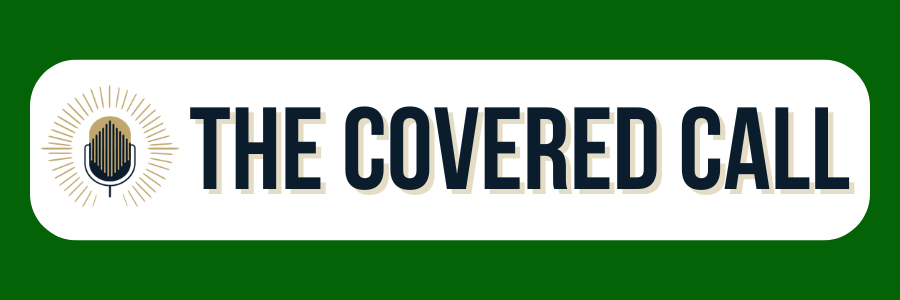The Evolution of Strategic Cost Management

Modern cost management has evolved beyond simple budget cuts. Companies now focus on making smart choices about where to spend and save money to help them grow and increase profits in the long run. This means looking at spending decisions through the lens of business goals, getting employees involved in finding savings, and using new tools to work more efficiently.
Looking back, many businesses focused only on quick savings that often backfired. For example, when companies made broad budget cuts, it often hurt employee morale and stopped new ideas from emerging. These short-term fixes could actually make it harder for companies to grow and compete effectively. Take a company that slashes its marketing budget - while this saves money today, it can lead to fewer sales tomorrow as brand awareness drops. Learn more about effective cost management strategies in this Deloitte research report.
From Cost-Cutting to Cost Optimization
The switch to cost optimization marks an important change in how companies think about spending. Rather than just looking for ways to spend less, businesses now aim to eliminate waste, improve efficiency, and invest wisely in areas that will pay off later. This balanced approach means sometimes spending more upfront on projects that will create greater value down the road.
The Role of Technology in Cost Reduction
New tools and systems play a key role in managing costs today. Software can spot areas to improve, track expenses, and make work processes smoother. For instance, online accounting programs reduce paperwork and mistakes by handling invoices automatically. AI analysis tools can find patterns in spending data that point to savings opportunities and better ways to use resources.
Building a Culture of Cost Consciousness
Good cost management needs more than just new technology - it requires creating a workplace culture where everyone thinks carefully about spending. This means teaching staff about smart money management, asking for their ideas on saving money, and rewarding people who find ways to cut waste. When cost awareness becomes part of how everyone thinks and works, it leads to lasting improvements that help the whole business succeed.
Mastering Strategic Vendor Partnerships

Great vendor partnerships go beyond just getting low prices. The real value comes from building relationships where both sides win. When you work closely with suppliers, you can find creative ways to save money while helping them succeed too.
Smart Negotiation and Vendor Management
Renegotiating contracts doesn't have to be a battle. Show vendors market data and highlight your loyalty as a customer - this approach works well. Companies typically save 9.2% on contract values through skilled negotiation. Check your agreements yearly to spot chances for better deals. Learn more about reducing costs through vendor relationships here. Working with fewer vendors can also boost your buying power and make purchasing simpler.
Better Payment Terms and True Partnerships
Smart payment scheduling can help your cash flow. For example, extending payment terms gives you more financial flexibility, especially during growth phases or tough times. Moving beyond basic buying and selling to form real partnerships opens new doors. This could mean working together on new products or getting special pricing. These deeper relationships help both sides save money.
Using Data to Guide Decisions
Hard data makes vendor management much clearer. Track important details like:
- Delivery speed and reliability
- Product/service quality
- How quickly they respond to issues
- Overall spending patterns
This information helps you see which vendors give you the best value and where you can improve your partnerships.
Creating Win-Win Relationships
Think of vendors as teammates rather than just suppliers. Share your goals openly, communicate clearly, and focus on mutual success. When you build trust and keep things transparent, everyone benefits from:
- Lower costs
- Better efficiency
- Stronger overall performance
- More reliable supply chains
This team-focused approach leads to lasting savings that work for both sides.
Enhancing Business Efficiency With Commercial Solutions
Making smart choices between off-the-shelf and custom solutions can dramatically impact a company's bottom line. Think of it like choosing between a pre-built house and constructing one from scratch - the pre-built option often saves both time and money through established processes and bulk pricing.
Assessing Ready-Made Options
Start by thoroughly reviewing your current systems to find where commercial products could replace custom-built ones. Consider the full picture - initial costs, ongoing maintenance, and future upgrades. For example, switching from an in-house customer database to Salesforce or another established CRM platform could reduce total expenses over time.
Making The Switch Successfully
Moving from custom to commercial solutions needs careful planning. Key steps include:
- Data transfer and cleanup
- Staff training programs
- Integration with other business tools
- Clear communication with all teams
Think of it like learning to drive an automatic car after using manual - there's an adjustment period, but the long-term advantages make it worthwhile.
Tracking Results and Benefits
Monitor specific metrics to understand the real impact:
- Cost reductions
- Productivity improvements
- User adoption rates
- Customer satisfaction levels
Keep these measurements aligned with your core business goals. For instance, if a new software reduces support tickets by 30%, that's a clear win.
Choosing The Right Provider
Success largely depends on selecting the right commercial vendor. Focus on:
- Company track record
- Product capabilities
- Support quality
- Fair pricing structure
Do thorough research through demos, customer reviews, and detailed documentation. Roll out changes in phases to allow for adjustments based on real usage.
The aerospace industry provides compelling evidence for commercial adoption benefits. For example, an AWACS control module originally cost $65,000 as a military-specific part. A redesigned commercial version brought this down to $27,000, and an off-the-shelf option further reduced it to $10,000. Over 25 years, avionics costs dropped from 50% to 20-30% of aircraft prices while becoming more reliable. See more details in this defense industry report.
This shows how commercial solutions can both cut costs and improve quality. Smart implementation lets companies redirect savings into growth opportunities and new initiatives.
Building a Culture of Sustainable Cost Excellence

Companies achieve lasting success when they make smart cost management part of their everyday operations. The key is finding ways to reduce expenses while still supporting growth and new ideas. This requires clear guidelines that connect financial decisions to business goals and help employees understand their role in managing costs.
Making Cost Management Work with Business Goals
Smart businesses create simple ways to link spending decisions with their long-term plans. They look carefully at their product lines and office spaces to find savings without slowing down progress. The real skill is finding the sweet spot where careful spending and fresh thinking work together.
Using Numbers That Matter to Change Habits
Good metrics help guide better spending habits across an organization. The right numbers should be easy to understand and act on. For example, tracking costs per product, efficiency scores, and how well resources are used can help teams think differently about spending. When people see how their daily work affects the company's bottom line, they're more likely to make smart cost decisions.
Setting Up Systems That Last
For cost improvements to stick, companies need clear oversight systems. These systems track progress and make sure everyone does their part. Regular check-ins and adjustments based on results help keep the momentum going toward long-term savings goals.
Real Results: A Success Story
A Harvard Business Review study of 1,500 global companies shows why ongoing cost management beats one-time cuts. Among these companies, 201 businesses successfully put lasting cost strategies in place, which led to better profits and 16.8% average revenue growth. However, only 76 companies kept up their success by constantly fine-tuning their approach to costs and strategy.
Getting Everyone Involved and Celebrating Wins
Long-term cost success depends heavily on employee buy-in. When companies encourage team members to suggest ways to save money and publicly recognize good results, it creates a culture where smart spending becomes natural. This approach helps make cost-conscious decisions part of everyday work routines.
In closing, building lasting cost excellence means finding the right balance between careful spending and company growth. Success comes from connecting strategy with clear metrics and getting everyone actively involved in making smarter spending choices.
Smart Technology Tools for Better Cost Management
Modern businesses can save money and work smarter by using technology the right way. Companies are getting real results with artificial intelligence, automation software, and data analysis tools to reduce expenses and work more efficiently.
Finding the Best Tech Opportunities
Start by looking closely at your current operations to spot where technology can help most. Look for repetitive manual tasks that could be automated, like data entry or invoice processing. Automation software can handle these jobs faster and with fewer mistakes, letting employees focus on more important work. Advanced AI analytics can also scan large amounts of data to find hidden ways to save money that people might miss.
Making the Case for New Technology
When asking for funding for new tech projects, you need solid numbers to back up your request. Show exactly how the investment will pay off through lower costs, better productivity, and support for business goals. Include a clear timeline and resource plan. For example, if proposing AI-powered inventory tracking, calculate the expected savings from reduced storage costs and fewer stockouts.
Looking at the Full Picture of Success
While saving money is important, new technology brings many other benefits too. Good tech projects can speed up work, make customers happier, and help the business adapt faster. Track multiple measures of success - not just cost savings, but also things like faster processes, customer satisfaction scores, and employee output. This gives a complete view of how the technology is helping.
Taking a Practical Approach to New Tech
While new technology is exciting, successful implementation requires careful planning. Consider important factors like keeping data secure, connecting with existing systems, and training employees properly. Start with small test projects in specific areas before rolling out company-wide. This reduces disruption and increases chances of success. You might be interested in: How to master cost reduction and growth. For example, when moving to cloud services, make security a top priority and thoroughly train staff on the new system. A methodical approach helps unlock the full benefits of technology while managing risks.
Your Roadmap to Cost Reduction Success

Getting costs under control takes more than random budget cuts. You need a clear plan and dedication to make lasting changes. Here's a practical guide to help you reduce costs effectively and sustainably.
Assessing Your Current Spending
Start by getting a clear picture of where your money goes each month. A detailed review of your expenses will reveal opportunities you might have missed.
- Break Down Expenses: Sort your spending into specific categories like materials, staff costs, marketing, and technology
- Find Cost Drivers: Look at what's causing costs to rise in each area - is it supplier prices, waste, or inefficient processes?
- Compare with Others: Look at what similar companies in your industry typically spend to spot areas where you might be paying too much
This initial review gives you solid data to make smart decisions about where to cut costs.
Identifying Quick Wins and Strategic Opportunities
With a clear view of your spending, you can find both immediate savings and bigger long-term opportunities.
- Fast Results: Look for simple changes that save money right away, like better supplier deals, smarter energy use, or cutting unused services
- Long-term Gains: Consider bigger changes that pay off over time, like better systems, improved supply chains, or new equipment
By working on both quick fixes and bigger projects, you'll see immediate benefits while building for the future.
Building Momentum for Lasting Change
Real cost reduction needs to become part of how your company operates. Here's how to make that happen:
- Pick Your Battles: Focus first on changes that will save the most money for the least effort
- Keep Everyone Informed: Make sure your team understands what you're doing and why it matters
- Track Results: Keep close watch on both financial savings and how changes affect operations
- Share Success: When people save money, recognize their efforts to encourage more good ideas
Practical Tools and Expert Tips
To make your cost-cutting plans work, you need practical ways to handle challenges:
- Managing Change: Help your team adapt to new ways of working without disrupting business
- Reducing Risk: Think through what could go wrong and plan ahead - like making sure staff cuts don't hurt productivity
- Keeping Going: Review your progress regularly and adjust plans as needed. For example, check supplier prices yearly instead of accepting increases
Getting everyone on board takes work, but it's essential for success. Clear communication and showing how savings help the company grow can turn skeptics into supporters. When people see how cost savings create opportunities, they're more likely to embrace changes.
Ready to take control of your finances? Check out The Covered Call Podcast for real stories and practical advice about building financial independence.

